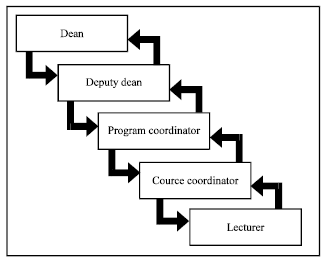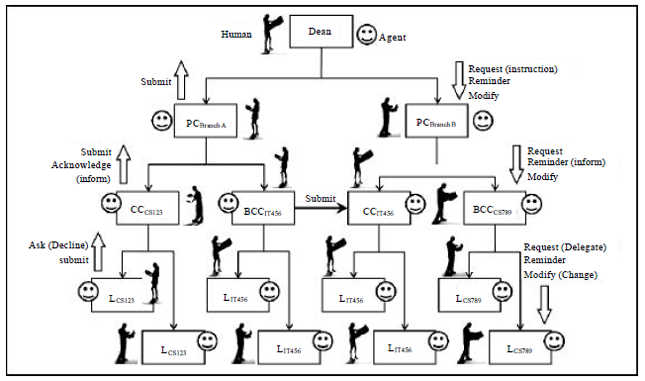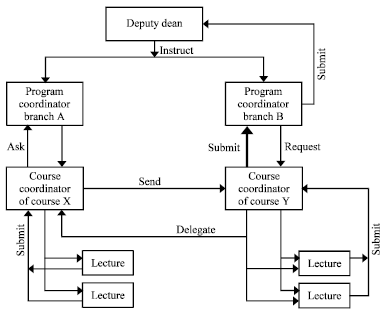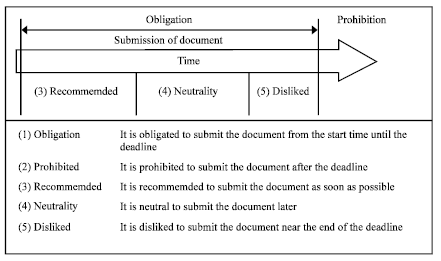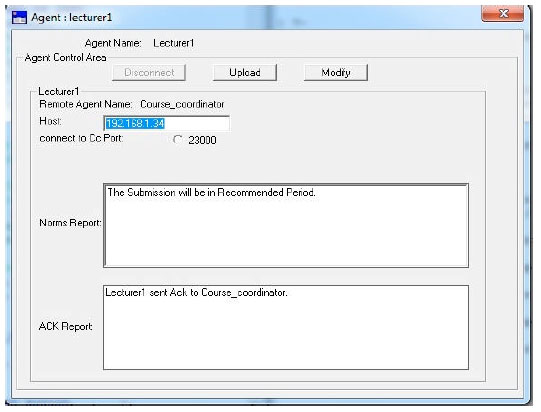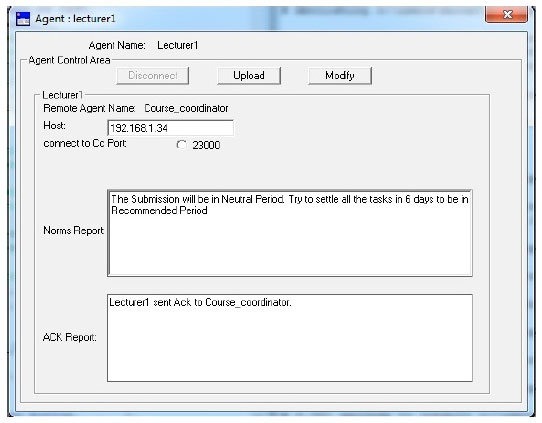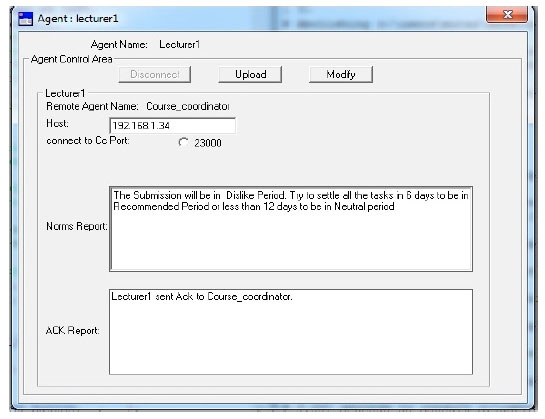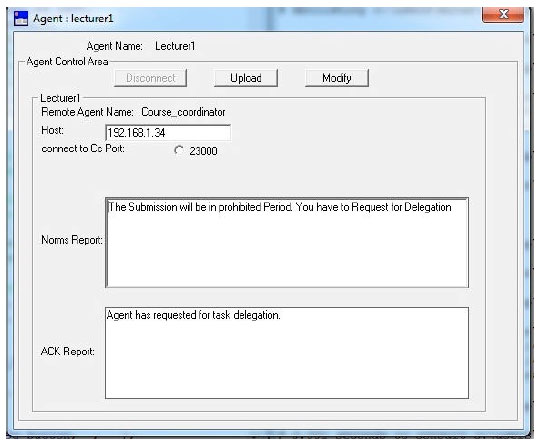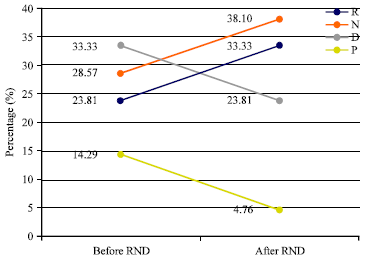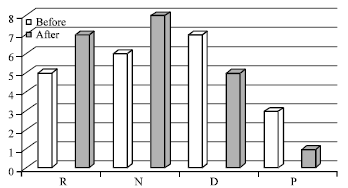Research Article
A Normative Multi-agent Framework for Dynamic Task Assignment and Delegation
College of Graduate Studies, Universiti Tenaga Nasional, Kajang, Selangor, Malaysia
Mohd Sharifuddin Ahmad
College of Graduate Studies, Universiti Tenaga Nasional, Kajang, Selangor, Malaysia
Nurzeatul Hamimah Abd Hamid
Faculty of Computer and Mathematical Sciences, Universiti Teknologi Mara, Shah Alam, Selangor, Malaysia
Mohd Zaliman Mohd Yusoff
College of Information Technology, Universiti Tenaga Nasional, Kajang, Selangor, Malaysia
Moamin A. Mahmoud
College of Information Technology, Universiti Tenaga Nasional, Kajang, Selangor, Malaysia









